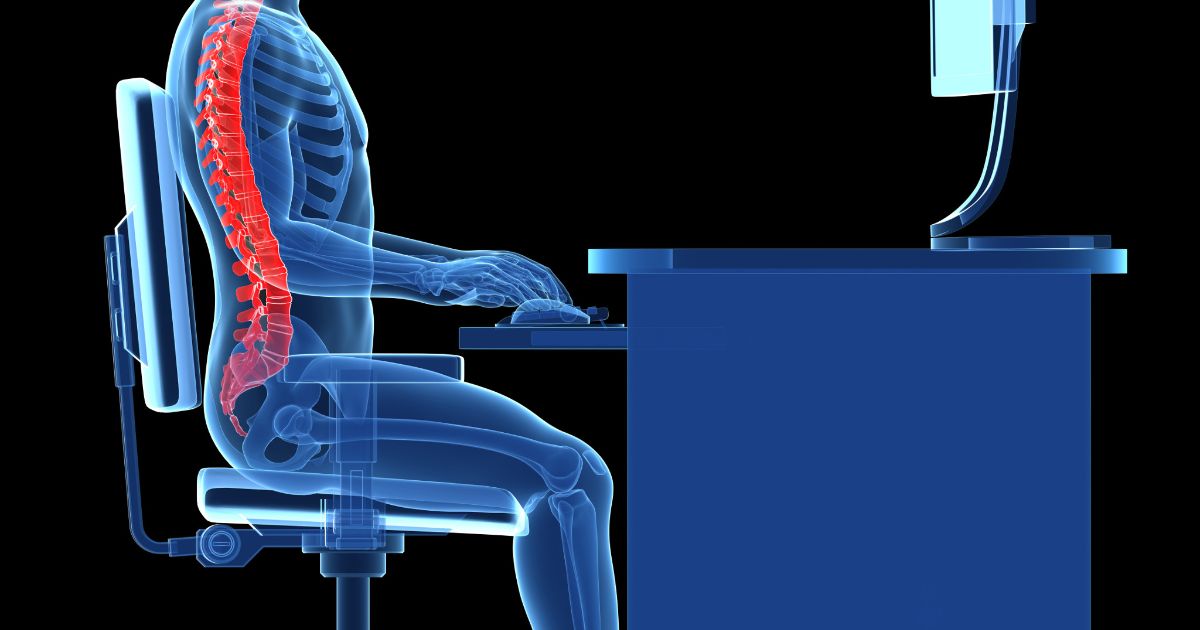How To Treat Shoulder Impingement
Individuals with shoulder impingement are all too familiar with the inflammation, pain, weakness, and reduced range of motion that go along with it. Shoulder impingement can occur from an injury or from repeated use. Individuals who raise their arms frequently are more at risk of developing this condition. It is often referred to as swimmer's shoulder, because it is commonly seen in athletes, such as swimmer. Symptoms can become quite severe, limiting an individual's ability to participate in daily activities. Without proper treatment, shoulder impingement can lead to an actual tear or rupture of the rotator cuff. Thankfully, there are several effective treatments for shoulder impingement. Get to know them now!
Avoid Strenuous Exercise

With shoulder impingement, it hurts to raise the arm up to shoulder level or to reach for anything behind the back. It is best to avoid strenuous exercise and the types of movements that result in the pinching, painful feeling of the rotator cuff rubbing against the bone of the shoulder. Patients should avoid any movements, especially repetitive ones, that cause them to lift their arm to their shoulder or higher, as this could cause increased rubbing and may even cause the rotator cuff to tear. Individuals with shoulder impingement should also avoid lifting any weight with the affected arm until permitted by their physician or physical therapist.
Continue reading to learn about more ways to treat shoulder impingement now.
Use A Cold Compress

Since there can be a lot of inflammation in the joint with a shoulder impingement, using an ice pack can actually help decrease some of this. This will help reduce the rubbing of the rotator cuff against the bone of the shoulder, which could lead to more damage and an increase in inflammation. Patients should use a cold compress for twenty minutes, three times a day unless otherwise directed by a health care professional. A cold compress may take the form of a commercial ice pack, ice cubes wrapped in cloth, or even a bag or frozen vegetables. In any case, patients must ensure there is a towel or cloth of some kind between the cold compress and their skin.
Learn more about how to treat shoulder impingement now.
Engage In Physical Therapy

Specific exercises and stretching moves are great at reducing pain and improving range of motion when shoulder impingement is involved. Patients can learn about these exercises when they engage in physical therapy. Not only will the exercises and stretches help them keep their shoulder moving properly, but these moves will also help to strengthen weakened muscles in the region. The patient's general care provider may be able to give them more information on the types of exercises that will be most beneficial to the healing process, or they may be referred to a physical therapist.
Get the details on more ways to treat shoulder impingement now.
Don't Use A Sling

While patients are encouraged to reduce movements that result in increased pain, especially repetitive movements and motions that cause them to raise their arm up to their shoulder or above, patients do not want to completely immobilize their shoulder or arm. This means patients should not use a sling, as immobilizing the arm and shoulder when dealing with shoulder impingement can lead to a decreased range of motion. It might also lead to a weakening of the shoulder and stiffness, or the development of adhesive capsulitis, more commonly referred to as frozen shoulder. It is important for patients to use their arm normally, with the limitations outlined above or as directed by their care provider, to keep muscles limber and flexible.
Discover more shoulder impingement treatment options now.
Medication To Reduce Pain And Swelling

Unless contraindicated, a physician will likely recommend or prescribe medication to reduce pain and swelling associated with shoulder impingement. The most commonly used medications in inflammatory conditions are nonsteroidal anti-inflammatory medications, such as ibuprofen or naproxen. These medications are very helpful at alleviating pain and reducing the inflammation that comes along with shoulder impingement.
Corticosteroids are often prescribed to help with serious inflammation that has not responded with anti-inflammatory medications. It is important to take the medications as directed to prevent potential reactions or side effects that can occur with these medications.
Keep reading to learn more about treating shoulder impingement now.
Try A Soft Massage

If an individual's shoulder impingement is the result of an injury, they might want to try a soft massage. Massage therapy is beneficial in helping encourage the recovery of injured tendons. Massages reduce impingement-related swelling and help break apart scar tissue around the injury site to reduce painful symptoms. Muscle and tendon injuries also form adhesions to protect themselves from further damage. Though an adhesion is an integral part of the healing process at first, it can stiffen over time and impede full healing. Massage therapists can use friction therapy to break apart adhesions, which increases the shoulder's range of motion, reduces pain, and promotes tendon strength during the healing process.
Learn more about how to alleviate shoulder impingement now.
Try Resistance Training And Strength Building

When helping shoulder impingement heal, it helps to try resistance training and strength building. If any of an individual's exercises cause an increase in pain, they should not do it until after they're healed. There are a number of strength exercises individuals can do to help with shoulder impingement. They should make sure they're using the proper posture and form, as improper posture can cause them to strain their muscles and experience further damage. If individuals want to strengthen their middle and lower trapezius muscles along with their rhomboids, they can lift weights with exercises like pulldowns, pulls, and rows using barbells, kettlebells, dumbbells, or cables. It may also help individuals to do exercises that pull their shoulder blades closer together, as this helps with range of motion.
Get more details on the best ways to treat shoulder impingement now.
Practice Proper Posture

In all aspects of day-to-day life, individuals will benefit if they practice proper posture. If individuals slouch when they walk or sit, their shoulders may slump, which might aggravate the injury. With normal standing posture, the shoulders, hips, and feet are all vertically aligned. The shoulders are pulled back and relaxed rather than hunched forward. In addition, proper posture is vital when doing exercises. Every single rep should be done with a focus on posture and technique. An individual's shoulder must be in the right position to do the correct muscle movement. If individuals are not sure whether their form is correct, they should talk to a fitness coach or trainer and have them deliver corrections.
Learn about more options for treating shoulder impingement now.
Take Frequent Breaks At Work

Individuals in an industry that requires a lot of heavy lifting and other physical movement should take frequent breaks at work. This may include construction workers, workers at manufacturing plants, retail workers who need to unload shipments, truckers who need to load shipments, fast food workers who need to carry heavy boxes of inventory to and from the kitchens, and other professions. If individuals engage in activities that involve repeated overhead moving of the arms, it can increase their risk of shoulder impingement, irritation, or other shoulder injuries. Individuals who often lift heavy materials and boxes higher than their heads or have to lift their arms to perform activities above their heads might develop shoulder impingement syndrome. They should take frequent breaks, stretch, and let your shoulder rest as much as possible between tasks. Those who spend their days at a desk should also take time to get up and stretch to avoid putting unnecessary pressure on their body.